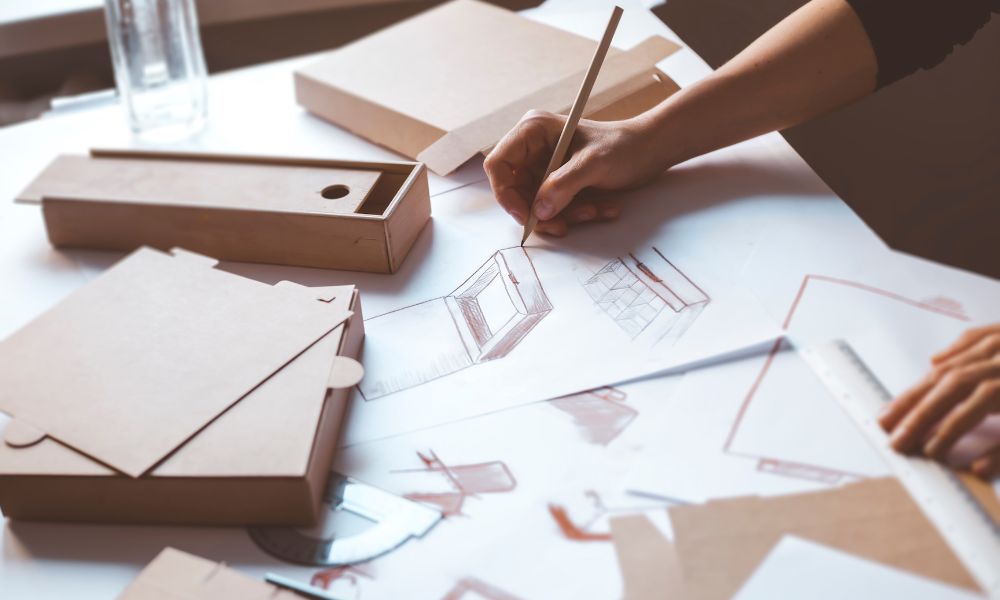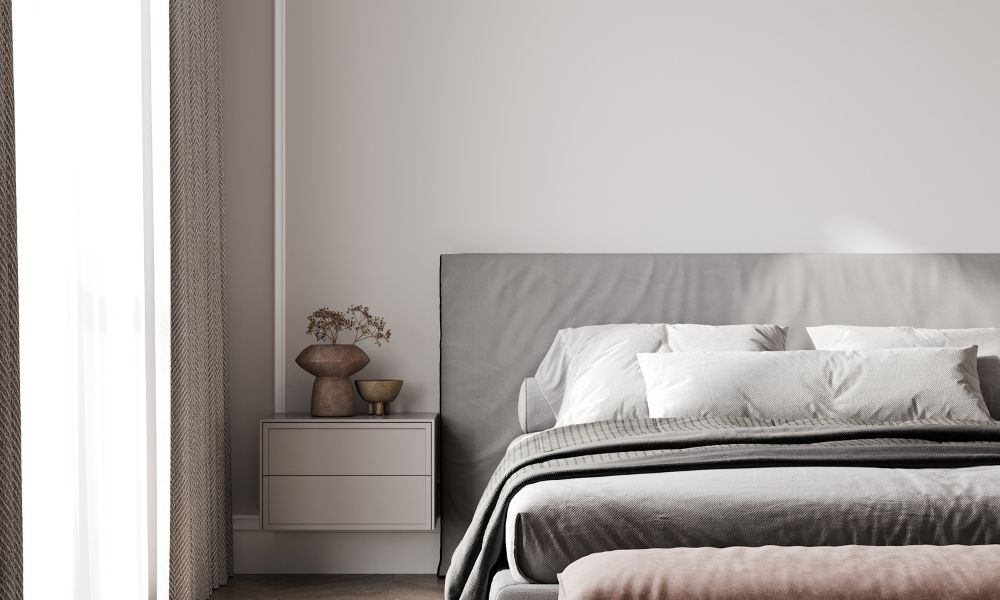With the weather starting to warm up and so many people suddenly stuck at home, now’s the perfect time to get your garden in order. Whether you’re plotting a carefully curated vegetable garden or you prefer your flowers to sprawl across the entire yard, you’ll need to make preparations to ensure your garden is as successful as possible. Regardless of size, all home gardens begin with the same basic elements: dirt, water, sun, and a little hard work. Roll up your sleeves and prepare to put your green thumb to work with these three tips for building the perfect home garden.
Out with the old
The first step in building a beautiful home garden is to prepare a plot for it. If you intend to use the same space as a garden from previous seasons, you may need to do a bit of light landscaping to prepare the space for new plants. Begin by removing any dead plants from the space. You may even need to dig a little to remove old bulbs from the dirt. Be sure that you’re well-versed in proper yard waste removal methods first. Try to save some old twigs and branches, if possible, as you can put these through a woodchipper to make into mulch for your new garden. From there, begin tilling the earth. This will help break up any dry dirt from the previous winter and will loosen up the earth to make planting easier. It can also help reduce the rate at which weeds will grow in your garden.
Setting up for success
Once the garden is clear of old growth, it’s time to start preparing the space for new blooms. Start by testing the current pH balance of your soil. This step may seem a bit superfluous, but it will yield more successful plant growth in the long run. Depending on the plants you intend to grow, you may require a slightly more alkaline soil with a pH balance above 6 or 7. Test your soil’s pH level in multiple areas of the garden, and then begin making the necessary adjustments to alter the level to your individual needs. The addition of some mulch can influence your soil’s pH level, as can other natural products including lime.
In with the new
With your garden’s pH level now stabilized, it’s time to move on to the fun part and get planting. While you can organize your garden however you see fit, consider how certain plants will interact with one another. For instance, some plants prefer to be root bound with their partners, while others require a slightly larger berth from their neighbors. Additionally, some plants will need more sunlight and water than others. Organizing your plants alongside like species is a good way to ensure that every member of your garden receives adequate sun, water, and soil space. Make sure that your plants also have enough room to grow. It may seem like there’s enough space between plants at the beginning of the season, but by summer things can start to feel a bit cramped.






